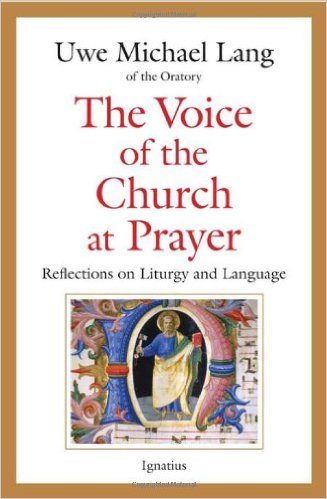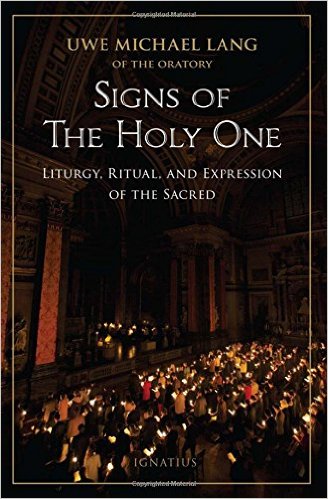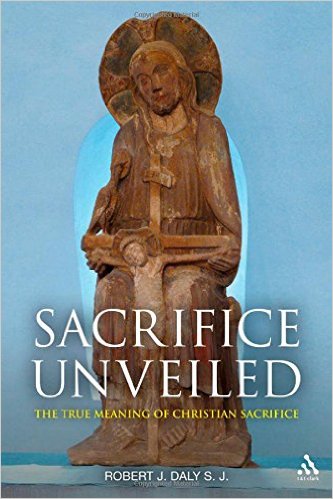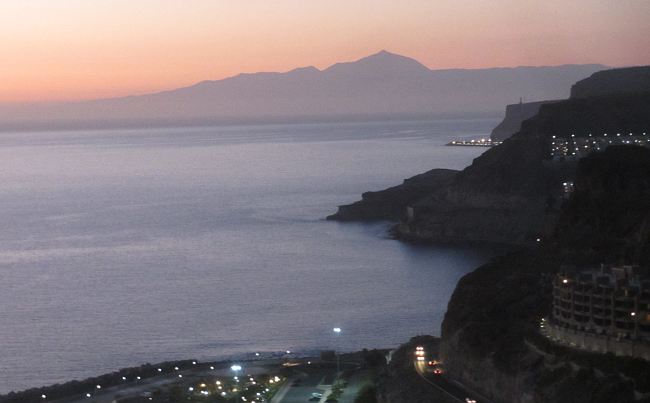Katolsk liturgi i middelalderen
 Jeg har startet på et ganske stort verk (650 s), om katolske liturgier (både messen og andre liturgier, dåp, konfirmasjon etc) i middelalderen: A Sense of the Sacred: Roman Catholic Worship in the Middle Ages, av James Monti.
Jeg har startet på et ganske stort verk (650 s), om katolske liturgier (både messen og andre liturgier, dåp, konfirmasjon etc) i middelalderen: A Sense of the Sacred: Roman Catholic Worship in the Middle Ages, av James Monti.
Ignatius press presenterer boka slik:
This incomparable volume presents a comprehensive exploration and explanation of medieval liturgical celebrations. The reverent prayers, hymns and rubrics used in the Middle Ages are described in detail and interpreted through the commentary of scholars from the same time period, the era which is also known as the «Age of Faith».
Collected here is a wide range of ceremonies, encompassing the seven sacraments, the major feasts of the liturgical year (such as Christmas, Easter, and Corpus Christi), and special liturgical rites (from the coronation of the pope to the blessing of expectant mothers). The sacred celebrations have been drawn from countries across western and central Europe-from Portugal to Poland-but particular attention has been given to liturgical texts of medieval Spain, which until now have received relatively little attention from scholars.
Historian James Monti has done exhaustive research on medieval liturgical manuscripts, early printed missals, and the writings of medieval liturgists and theologians so that the treasures they contain can inspire a sense of the sacred in future generations of Catholics.
Et par anmeldere sier om boka:
«James Monti’s treatise is an astonishing achievement, a book that can and will shape a new generation of intellectuals who are serious about the Catholic liturgy. Despite the title, this book is not only about medieval liturgy. It’s about inspiring the creation of, and the provision of access to, truly sacred spaces in our time, even in a world that seems so barren of them. My own special interest is in Gregorian chant, but Monti’s book helps broaden the picture to include a spiritual panorama of extraordinary breadth and depth. We have so much to learn from the past and so much to work toward for a bright and beautiful future of recaptured truth.»
«Among the ambiguous legacy of the Liturgical Movement of the twentieth century is the neglect and incomprehension of medieval liturgy. This book is a welcome contribution towards redressing this imbalance. James Monti recovers the tradition of mystical commentary on the sacred rites, a common heritage of East and West, and enriches it with his vast historical erudition. This volume will serve as a useful resource for anyone who wishes to enter into the spirit of the liturgy that shaped a millennium of Christian history.»

 De to bøkene jeg nettopp har lest av Lang er The Voice of the Church at Prayer: Reflections on Liturgy and Language og Signs of the Holy One: Liturgy, Ritual, and Expression of the Sacred. To gode bøker, men det er nokså korte (og for det meste enkle), så det var ikke så mye ny informasjon for meg i dem.
De to bøkene jeg nettopp har lest av Lang er The Voice of the Church at Prayer: Reflections on Liturgy and Language og Signs of the Holy One: Liturgy, Ritual, and Expression of the Sacred. To gode bøker, men det er nokså korte (og for det meste enkle), så det var ikke så mye ny informasjon for meg i dem. 
 Jeg har nå lest ferdig ei bok jeg må innrømme at jeg ikke likte noe særlig. Det er Sacrifice Unveiled, The True Meaning of Christian Sarifice, skrevet av Robert Daly, SJ. Boka ble utgitt i 2009 men forfatteren har visst arbeidet med offer-temaet siden 60-tallet, og visst oppdaget mye nytt via fenomenoligiske og mimetiske teorier, og en grunnleggende forståelse av at offeret (og eukaristien) er Trinitarisk (hva nå det skal bety). I praksis fører det til at det er lite igjen av katolske forståelse av Kristi offer, og av eukaristien.
Jeg har nå lest ferdig ei bok jeg må innrømme at jeg ikke likte noe særlig. Det er Sacrifice Unveiled, The True Meaning of Christian Sarifice, skrevet av Robert Daly, SJ. Boka ble utgitt i 2009 men forfatteren har visst arbeidet med offer-temaet siden 60-tallet, og visst oppdaget mye nytt via fenomenoligiske og mimetiske teorier, og en grunnleggende forståelse av at offeret (og eukaristien) er Trinitarisk (hva nå det skal bety). I praksis fører det til at det er lite igjen av katolske forståelse av Kristi offer, og av eukaristien.
